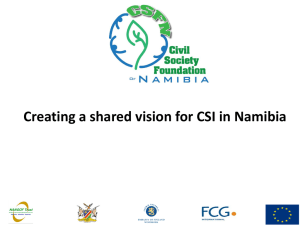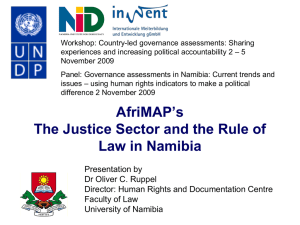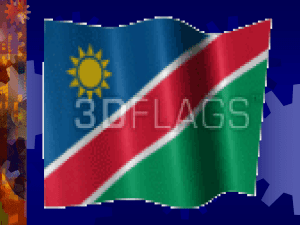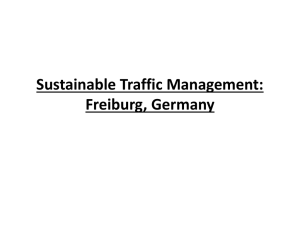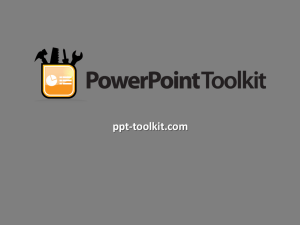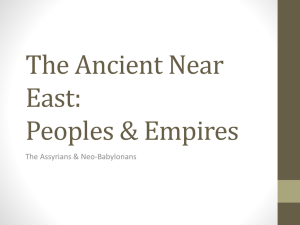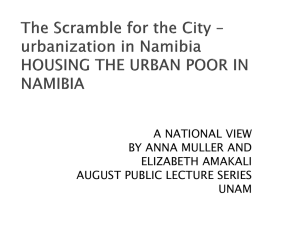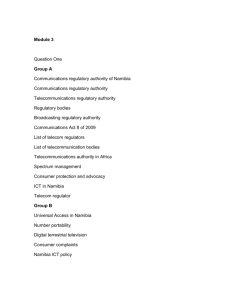Impact sub indexes
advertisement
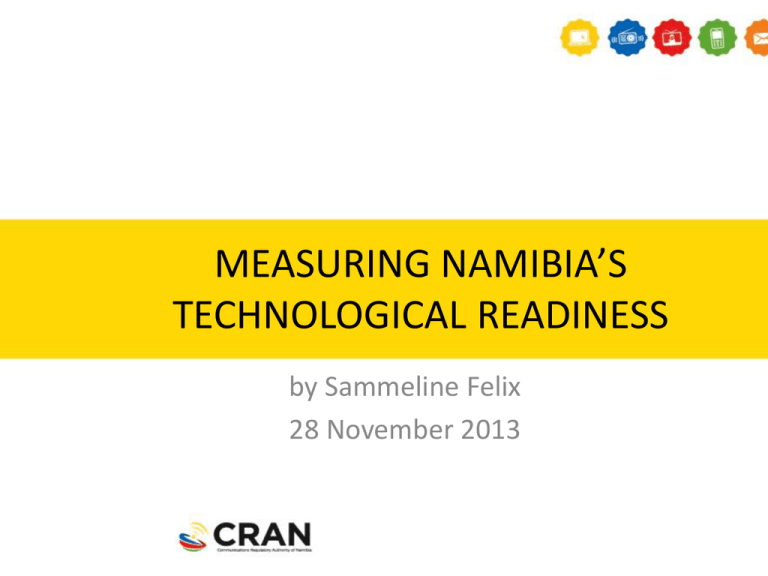
MEASURING NAMIBIA’S TECHNOLOGICAL READINESS by Sammeline Felix 28 November 2013 Purpose: Information Sharing 1. To provide an update on technological readiness (NRI); Namibia’s 2. To provide an update on Namibia’s competitiveness as an economy (GCI); 3. To highlight improvement and room for improvement; 4. To indicate progress. CRAN’s achievements and Background 1. GIT and GC Reports are annual publications of the World Economic Forum for the past decade. 2. Secondary data sources used. 3. CRAN complete various ITU questionnaires annually. 3. 144 countries world-wide are included of which 34 were sub-Saharan Africa countries in 2012. GIT Report: 1. Measures technological readiness in terms of the Network Readiness Index (NRI); 2. Main sub indexes determine the NRI namely, the Environmental, Readiness, Usage and Impact sub indexes. Environmental sub index Pillar 1: Political and regulatory environment (58th, 3.3 out of 7) Environmental sub index Pillar 2: Business and innovation environment (112th; 3.7 out of 7) Readiness sub index Pillar 3: Infrastructure and digital content (102nd; 3 out of 7) Readiness sub index Pillar 4: Affordability (117th; 3.1 out of 7) Readiness sub index Pillar 5: Skills (111th; 3.7 out of 7) Readiness sub index Pillar 6: Individual usage (99th; 2.5 out of 7) Usage sub index Pillar 7: Business Usage (76th; 3.4 out of 7) Usage sub index Pillar 8: Government usage (116th; 3.4 out of 7) Impact sub index Pillar 9: Economic impact (117th; 2.7 out of 7) Impact sub index Pillar 10: Social impact (121st ; 2.8 out of 7) Namibia’s NRI from 105 to 111 in 2012 INDEX 2010 (out of 139) 2011 (out of 142) 2012 (out of 144) NRI 82 105 111 NRI for sub-Saharan Africa, 2012, top 15 countries CRAN PLAYING BY THE RULES GC Report • Measures the competitiveness of a country in terms of the Global Competitiveness Index (GCI); • The GCI is determined by 3 main sub indexes namely, Basic requirements, Efficiency enhancers, Innovation and sophistication factors; Namibia’s GCI from 83 to 92 in 2012 INDEX 2010 (out of 139) 2011 (out of 142) 2012 (out of 144) GCI 74 83 92 GCI for sub-Saharan Arica, 2012, top 15 countries Recommendations R1: That educational systems be improved from primary level upward in Namibia; R2: That the subject areas of Science and Mathematics be prioritised with clear action plans and financial commitment secured to support a knowledge based economy in Namibia; R3: That funds and expertise be made available for innovation. That related research activities be introduced, supported and maintained to enhance local product and procedure development in order to expand the value chain in Namibia and in turn, enhance market size (local and foreign); R4: That Government take the lead in the adoption of ICTs in all internal business processes and in Government functions such as public services provision and access to basic services to promote ICT usage and integration in all sectors in Namibia; R5: That Government takes the lead in the procurement of new technologies and the promotion thereof; Recommendations R6: That Internet access be prioritised in all schools in Namibia; R7: That computer access on household level be supported; R8: That high-fixed broadband Internet tariffs be lowered to support the above; R9: That ICT laws be updated and maintained to support and secure stakeholder (entrepreneurs) protection; R10: That all stakeholders; government, corporate, education and private, support and promote innovation in ICT. CRAN PLAYING BY THE RULES CRAN’s Efforts RECOMMENDATION FOCUS AREA STRATEGIC OBJECTIVE PROGRESS MADE R6: That Internet access be prioritised in all schools in Namibia; Universal Service (US) Support ICT access for schools, health clinics, and other public institutions, as well as access to ICT infrastructure, equipment, content and applications, along with capacity building 1. Draft UAS Policies are being adopted; R7: That computer access on household level be supported; R8: That High fixed broadband Internet tariffs be lowered to support abovementioned priorities. 2. In the process to set up the Universal Access Fund (UAF) and the administrative structure to support the Fund. Promote increased access to ICT infrastructure, services and content to all underserved and unserved areas and populations of Namibia 1. A Cost Accounting System is being developed, ready by 2014 2. Long Run Incremental Study (LRIC) being done to ensure lower non-discriminatory rates. CRAN’s Efforts • CRAN continuously drafting new regulations. • Leased line cost study is being conducted. • New competition leads to reduction in prices. THANK YOU
